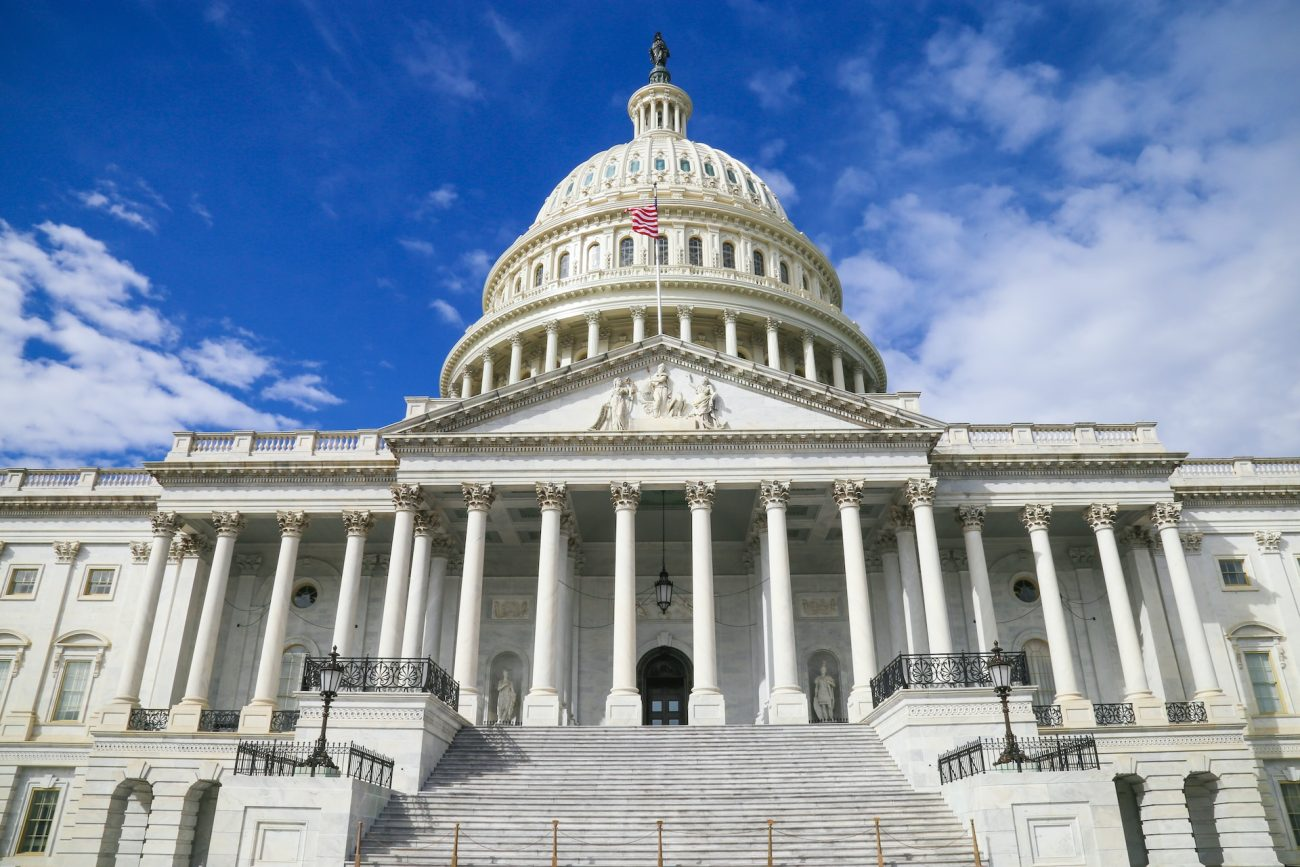Not for the first time, the US faced a partial government shutdown at the start of this month as Congress debated over passing funding legislation for Biden to sign off. While stopgap funding has now been agreed, it only puts the crisis off until November.
At that point, without the necessary budget approval, the lights start going out in government offices around the country and hundreds of thousands of workers are furloughed.
How could travel and tourism be affected by this?
Security and vital documentation
A whole suite of government services essential to the travel, leisure and tourism sector could become unreachable or unavailable, but this should not include airport security, passport or visa processing for foreign visitors, or border control. International travellers might therefore find their trip can go ahead, but could face “significant delays and longer wait times”.
Flights
“Succeeding in getting your passport or visa does not mean you will easily get where you need to go,” US Transport Secretary Pete Buttigieg has warned, with the White House noting that previous shutdowns caused travellers “significant delays and longer wait times”.
Air traffic controllers are “still required to work”, Euronews points out, “but don’t get paid” during shutdowns. Effectively this means thousands of them could be furloughed until the shutdown is resolved, and, if the shutdown persists, the record shows absences among the unpaid staff begin to increase.
USA Today notes that it was the increased sickness days among air traffic controllers during 2019’s shutdown that forced Congress to break the stalemate. Be that as it may, it all adds up to bad news for flyers who have already been putting up with significant delays and cancellations recently down to air traffic controller shortages.
Compounding that, training for air traffic controllers also grinds to a halt during a shutdown, meaning that the pipeline of workers being brought in to deal with the aforementioned delays, is blocked. This will mean the Federation Aviation Authority (FAA) has little hope of catching up on its already-missed training targets.
Economy
The cost of a government shutdown to the tourism sector could be as high as $140 million (€133 million) a day, according to the US Travel Association, worse than previously modelled by $40 million. This equates to a colossal loss of $4.2 billion per month of shutdown.
In one month, $1.8 billon could be lost due to the closure of attractions alone, but it is the triple whammy of closures of attractions such as national parks and museums, declines in government-related travel, plus transportation impacts that does the damage.
The US’s buoyant travel retail sector will also feel the effects.
Activities and safety
There are 425 national parks in the US and most of them will be closed during a government shutdown, so if your vacation involves a national park facility, you should check the National Parks Service website before departure to ensure your destination will be able to welcome you.
It is not “just” access to wildlife, campgrounds and nature education that is restricted. Notable houses, war sites, and cultural and scientific museums will be on limited staffing rations too.
The uncomfortable reality of that is that litter and garbage does not get dealt with, toilets are often closed to the public, and petty criminality rises. Staff who clear snow, maintain roads and pathways, care for exhibits and protect resources, as well as those who carry out rescues may also not be around in numbers as high as usual.
While some States and parks, including the Grand Canyon, have declared they intend to defy a shutdown by staying open, the Department of the Interior expects “significantly reduced services”. This lack of staff creates health and safety worries for the National Parks Conservation Association, which advises against trips to national parks during shutdowns as a result.
If they manage to enter a park, visitors may choose to moderate the type of activities they do, to avoid stretching services thin in case of an accident.
Source : TravelTomorrow







